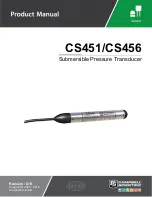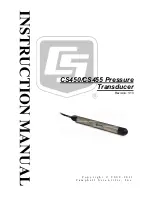
Table 4. Available Radio Channel Widths
Channel width
Max.modulation speed
Max. throughput
5 MHz
37 Mb/s
8 Mb/s
10 MHz
75 Mb/s
16 Mb/s
20 MHz
150 Mb/s
90 Mb/s
40 MHz
300 Mb/s
150 Mb/s
Dynamic frequency selection considerations
To ensure that commercial and military flight operations proceed without
interference to terminal doppler weather radar (TDWR), operation of the
unit in the 5.250 GHz-to-5.350 GHz band (known as U-NII Mid or U-
NII-2A) and the 5.470 GHz-to-5.725 GHz band (known as U-NII
Worldwide or U-NII-2C / U-NII-2E) is discouraged.
Operation of the unit within these frequency ranges is disabled by default.
WARNING
If the unit is operated in the U-NII Mid or U-NII Worldwide
frequency ranges, dynamic frequency selection (DFS) may be
a legal requirement in your national territory.
For information on whether legislation requires that you use
DFS,
IMPORTANT
The dynamic frequency selection feature must be enabled
using a software plug-in (Fluidmesh part number
FM-UNII2
).
Contact your Fluidmesh Networks representative for details.
If it is essential that the unit is operated in the U-NII Mid or U-NII
Worldwide frequency ranges, do the following steps:
1.
Make sure that local legislation permits operation of the unit in the
U-NII Mid and/or U-NII Worldwide frequency ranges. Use of these
frequency ranges may be prohibited in some territories.
2.
Make a note of the exact physical locations of the unit antennas.
3.
Consult your local Fluidmesh Networks representative. He or she
will be able to determine whether the unit can be safely used in
its current location.
4.
If the unit can be safely operated in the U-NII Mid or U-NII
Worldwide frequency ranges in its current location, your
Fluidmesh Networks representative will forward you the
Fluidmesh UNII2 plug-in (part number
FM-UNII2
) free of charge.
This plug-in unlocks access to these frequency bands.
Fluidmesh 4200 FIBER
© Fluidmesh Networks LLC
Page 73 of 180
















































